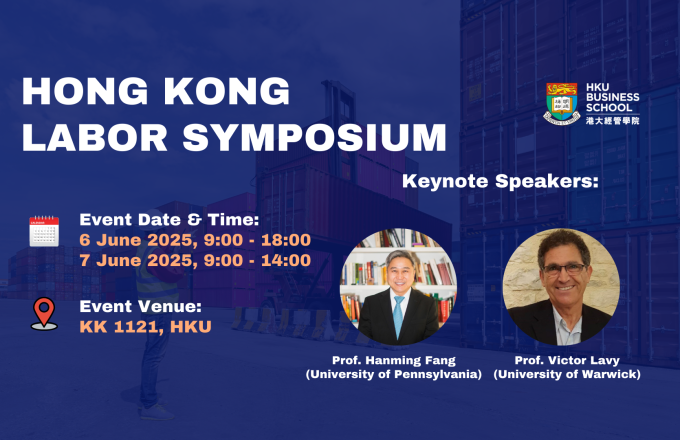Large Language Models as Simulated Economic Agents: What Can We Learn from Homo Silicus?
Professor John Horton
Richard S. Leghorn (1939) Career Development Professor
Associate Professor of Information Technologies
MIT Sloan School of Management
ABSTRACT
Newly-developed large language models (LLM)—because of how they are trained and designed—are implicit computational models of humans—a homo silicus. These models can be used the same way economists use homo economicus: they can be given endowments, information, preferences, and so on and then their behavior can be explored in scenarios via simulation. I demonstrate this approach using OpenAI’s GPT3 with experiments derived from Charness and Rabin (2002), Kahneman, Knetsch and Thaler (1986) and Samuelson and Zeckhauser (1988). The findings are qualitatively similar to the original results, but it is also trivially easy to try variations that offer fresh insights. Departing from the traditional laboratory paradigm, I also create a hiring scenario where an employer faces applicants that differ in experience and wage ask and then analyze how a minimum wage affects realized wages and the extent of labor-labor substitution.











